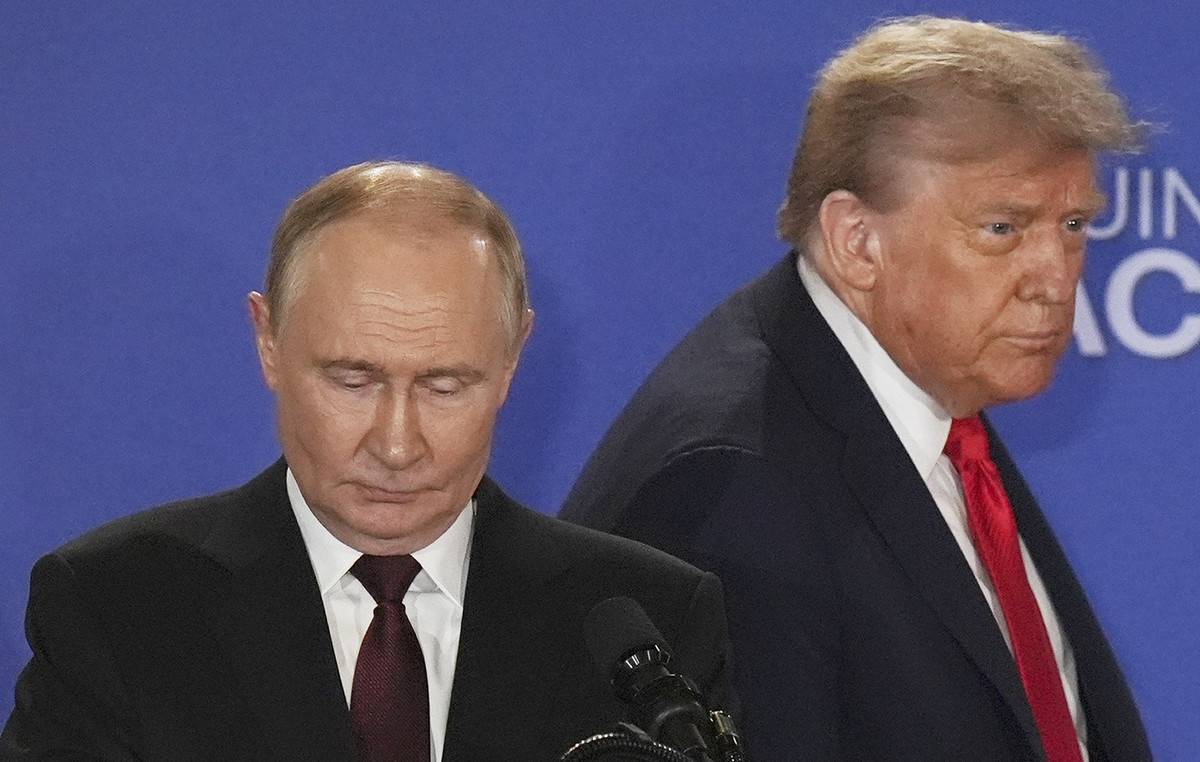Here’s what you need to know on Monday, June 24:
He US dollar (USD) is struggling to find demand at the start of the new week after outperforming its rivals on Friday. German IFO business sentiment data will be published on the European economic agenda on Monday. Later in the day, the Chicago Fed National Activity Index and the Dallas Fed Manufacturing Business Index will feature on the US economic docket. Investors will also continue to assess comments from US officials. central banks.
US Dollar PRICE Last 7 days
The table below shows the percentage change of the United States Dollar (USD) against the main currencies in the last 7 days. US dollar was the strongest currency against the Japanese yen.
| USD | EUR | GBP | JPY | CAD | AUD | NZD | CHF | |
|---|---|---|---|---|---|---|---|---|
| USD | -0.02% | 0.28% | 1.47% | -0.41% | -0.49% | 0.26% | 0.29% | |
| EUR | 0.02% | 0.34% | 1.52% | -0.38% | -0.56% | 0.34% | 0.31% | |
| GBP | -0.28% | -0.34% | 1.27% | -0.72% | -0.89% | -0.03% | 0.04% | |
| JPY | -1.47% | -1.52% | -1.27% | -1.76% | -1.93% | -1.05% | -1.08% | |
| CAD | 0.41% | 0.38% | 0.72% | 1.76% | -0.13% | 0.69% | 0.77% | |
| AUD | 0.49% | 0.56% | 0.89% | 1.93% | 0.13% | 0.95% | 0.95% | |
| NZD | -0.26% | -0.34% | 0.03% | 1.05% | -0.69% | -0.95% | 0.07% | |
| CHF | -0.29% | -0.31% | -0.04% | 1.08% | -0.77% | -0.95% | -0.07% |
The heat map shows percentage changes for major currencies. The base currency is selected from the left column, while the quote currency is selected from the top row. For example, if you choose the US Dollar from the left column and move along the horizontal line to the Japanese Yen, the percentage change shown in the box will represent USD (base)/JPY (quote).
Encouraging US PMI data on Friday helped the USD strengthen ahead of the weekend. The USD Index extended its weekly uptrend and reached its highest level since early May, near 106.00. In the European session on Monday, the USD Index remains in a consolidation phase above 105.50. Meanwhile, US stock index futures trade mixed, while the 10-year Treasury yield fluctuates around 4.25%.
The Bank of Japan’s (BoJ) Summary of Views from its June policy meeting showed some policymakers expressed a preference for raising interest rates amid upside risks to inflation. He USD/JPY closed the seventh consecutive day in positive territory on Friday and stood within striking distance of 160.00, reaching the highest level since the BoJ intervened in currency markets in late April. Early on Monday, the pair corrects lower but remains above 159.50. Japan’s top foreign exchange diplomat, Masato Kanda, reiterated earlier in the day that they are ready to intervene if necessary.
He EUR/USD recorded small losses on Friday but managed to recover above 1.0700 in the European morning on Monday.
He GBP/USD It stretched lower on Friday and closed the third consecutive week in negative territory. The pair remains stable around 1.2650 to start the new week.
After rising sharply on rising geopolitical tensions on Thursday, the Gold erased its weekly gains on Friday amid broad-based USD strength. XAU/USD remains firm on Monday and trades above $2,320.
The central banks
Central banks have a key mandate to ensure price stability in a country or region. Economies constantly face inflation or deflation when the prices of certain goods and services fluctuate. A constant rise in the prices of the same goods means inflation, a constant fall in the prices of the same goods means deflation. It is the central bank’s job to keep demand in line by adjusting its interest rate. For the largest central banks, such as the US Federal Reserve (Fed), the European Central Bank (ECB) or the Bank of England (BoE), the mandate is to keep inflation close to 2%.
A central bank has an important tool to raise or lower inflation: modify its reference interest rate. At pre-communicated times, the central bank will issue a statement with its reference interest rate and give additional reasons why it maintains or modifies it (cuts or raises it). Local banks will adjust their savings and loan rates accordingly, which in turn will make it harder or easier for citizens to make a profit on their savings or for companies to borrow and invest in their businesses. When the central bank substantially raises interest rates, we speak of monetary tightening. When you reduce your reference rate, it is called monetary easing.
A central bank is usually politically independent. Members of the central bank’s policy council go through a series of panels and hearings before being appointed to a position on the policy council. Each member of that council usually has a certain conviction about how the central bank should control inflation and the subsequent monetary policy. Members who want a very loose monetary policy, with low rates and cheap loans, to substantially boost the economy, while settling for inflation slightly above 2%, are called “doves.” Members who prefer higher rates to reward savings and want to control inflation at all times are called “hawks” and will not rest until inflation is at 2% or just below.
Typically, there is a chair who leads each meeting, has to create a consensus among the hawks or doves, and has the final say when votes need to be divided to avoid a 50-50 tie on whether to adjust current policy. The president will give speeches, which can often be followed live, in which he will communicate the current monetary stance and outlook. A central bank will try to push its monetary policy without causing violent swings in rates, stocks or its currency. All central bank members will channel their stance toward markets ahead of a monetary policy meeting. A few days before a monetary policy meeting is held and until the new policy has been communicated, members are prohibited from speaking publicly. This is what is called the silent period.
Source: Fx Street
I am Joshua Winder, a senior-level journalist and editor at World Stock Market. I specialize in covering news related to the stock market and economic trends. With more than 8 years of experience in this field, I have become an expert in financial reporting.







